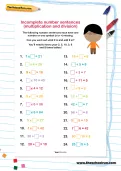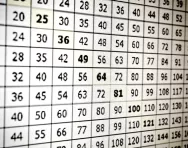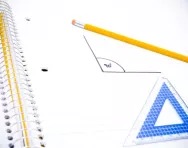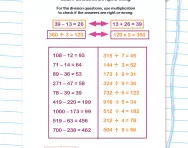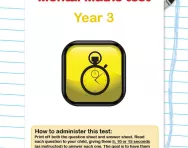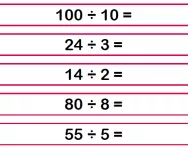TheSchoolRun.com closure date
As we informed you a few months ago, TheSchoolRun has had to make the difficult decision to close due to financial pressures and the company has now ceased trading. We had hoped to keep our content available through a partnership with another educational provider, but this provider has since withdrawn from the agreement.
As a result, we now have to permanently close TheSchoolRun.com. However, to give subscribers time to download any content they’d like to keep, we will keep the website open until 31st July 2025. After this date, the site will be taken down and there will be no further access to any resources. We strongly encourage you to download and save any resources you think you may want to use in the future.
In particular, we suggest downloading:
- Learning packs
- All the worksheets from the 11+ programme, if you are following this with your child
- Complete Learning Journey programmes (the packs below include all 40 worksheets for each programme)
You should already have received 16 primary school eBooks (worth £108.84) to download and keep. If you haven’t received these, please contact us at [email protected] before 31st July 2025, and we will send them to you.
We are very sorry that there is no way to continue offering access to resources and sincerely apologise for the inconvenience caused.
Incomplete number sentences multiplication and division
The number sentences in this worksheet each have one number or one symbol (x or ÷) missing. You’ll need to know your 2, 5, 10, 3, 6 and 8 times tables to work out what it is!
What maths should a Year 3 child be able to do?
Here is the maths your Year 3 child will be expected to learn:
Number and place value
- Counting in increments of 4, 8, 50 and 100.
- Identifying the place value of each digit in a three-digit number.
- Comparing and ordering numbers up to 1000, and writing these numbers in both numerals and words.
Calculating
- Adding and subtracting numbers with up to three digits using column methods.
- Knowing the multiplication facts for the 3, 4, and 8 times tables.
- Multiplying two-digit numbers by one-digit numbers.
Fractions
- Finding fractions of given quantities.
- Understanding and recognising equivalent fractions.
- Adding and subtracting fractions that have the same denominator.
Measuring
- Adding and subtracting measurements of length, weight and capacity.
- Calculating the perimeter of simple 2D shapes.
- Adding and subtracting amounts of money.
- Telling and writing the time using both the 12-hour and 24-hour clock.
Geometry
- Drawing 2D shapes and constructing 3D shapes.
- Recognising right angles and determining if angles are greater or smaller than a right angle.
- Identifying horizontal and vertical lines, as well as pairs of parallel and perpendicular lines.
Statistics
- Interpreting and presenting data using bar charts, pictograms, and tables.
- Answering one-step and two-step questions based on the presented data.
How do incomplete sentences help children practise maths skills?
- Encourages critical thinking
Children must identify the missing elements, fostering deeper understanding.
- Enhances problem-solving skills
They require learners to apply strategies to find the correct solution.
- Builds flexibility in thinking
Children learn there are multiple ways to approach and solve problems.
- Improves number sense
They help students recognise patterns and understand relationships between numbers.
For more help with Year 3 maths, visit our hub page or try a new challenge such as our Year 3 Maths Mastery Workbook.
